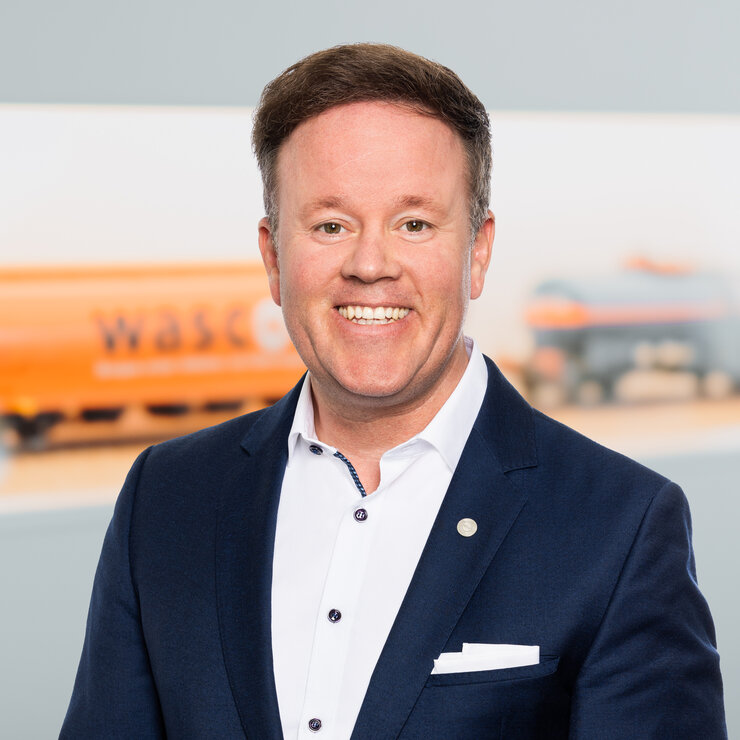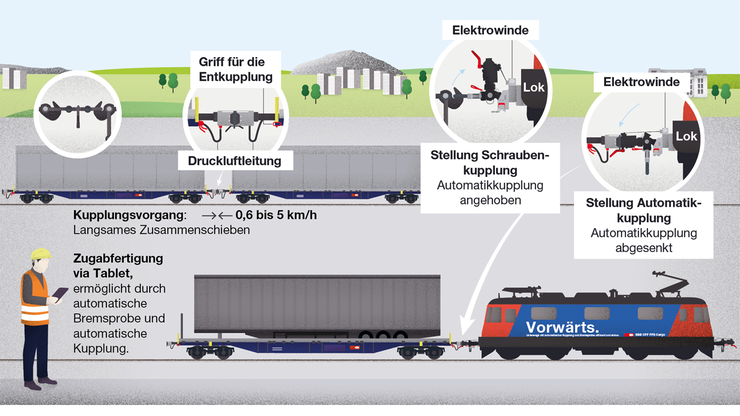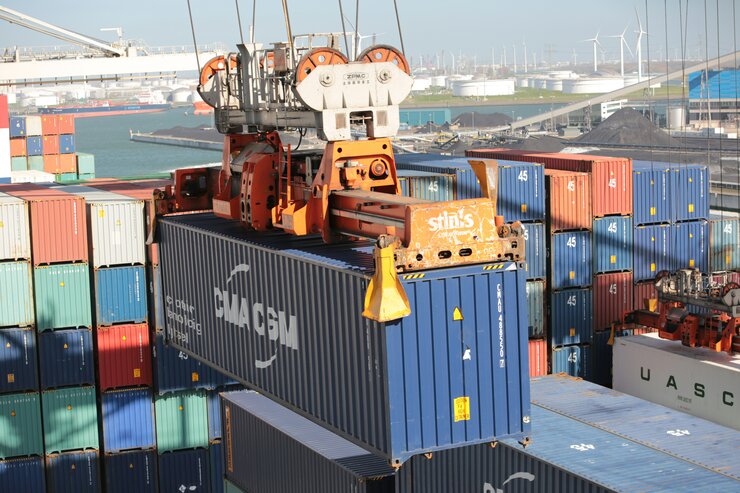“High cubes and high-volume Swap-bodies offer greater flexibility”
More combined transport on the railways and roads – for Wecon Managing Director Daniel Hemker, it’s all but inevitable. In addition to high cubes, which are now an essential standard, he predicts major opportunities for high-volume swap-bodies.
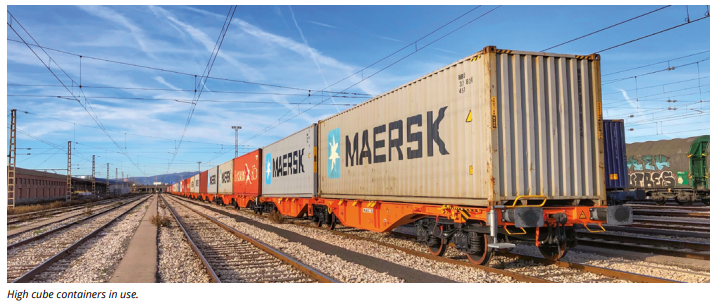
“In intercontinental trade, containers are nowadays primarily used for sea freight, although they are also seeing increased use on land within the EU because they are the perfect transportation asset, suitable for road, railway, and waterway transport alike. These large boxes have attracted particular attention due to the enormous volumes of goods that are shipped in them. High cubes in particular have become increasingly prevalent over the past few years,” says Daniel Hemker, Managing Director of Wecon GmbH, which specializes in goods vehicles and container technology for intermodal transport.
Succeeding with a volumetric advantage
The success of high cube containers can be attributed to the extra space that they offer compared to standard ISO containers: They are roughly 30 centimetres greater in height and in some cases are longer as well. And depending on whether they are a 20 or 45-foot container, they offer volumes between 37.4 and 86 cubic metres, meaning up to nearly 32 square meters, which represents an enormous volumetric capacity. “As a result, freight forwarders and the transport industry can not only transport more general cargo, but with an internal height of almost 2.70 metres they can also transport very tall individual parts such as machines or components,” explains the Wecon Managing Director.
Flexible and cost-effective
The 45-foot variant with its large loading area has extra space for up to seven more pallets than the standard ISO container. When compared, these volumetric and surface area advantages also mean greater cost-effectiveness, stresses Hemker, since users don’t need to load as many containers, thereby reducing transport distances and costs. High cubes can hold any type of general cargo, which makes using them very flexible. For instance, with the appropriate extensions and fittings, you can also use them to transport refrigerated goods or bulk freight. “And despite their height, each high cube can also be transported on railways and roads using the Gooseneck-Tunnel,” explains Wecon’s intermodal expert.
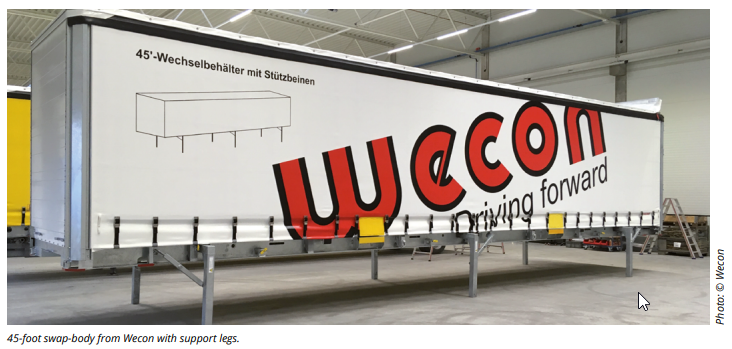
Over 50% market share in sea freight
Nowadays, 40-foot long high cube boxes already account for more than half of all sea containers, and for more than eight years now there have been more of them than there are standard containers. After all, American freight forwarder Malcom Purcell McLean first started using large containers for transport on lorries and ships back in 1956 – 66 years ago. Nowadays, high cubes have become virtually a standard in the maritime transport business. Wecon’s Managing Director predicts that sooner or later, road and rail will go the same way as well. But what he has observed is that the trend in continental freight transport is also moving towards transport systems with high-volume swap-bodies.
High-volume swap-bodies – a great alternative on land
“We have detected increased demand for custom-designed and configurable high-volume swap-bodies like our Imperator model,” points out Hemker. Customers order design variants from him – some of which are original, customised products – in order to capitalize on their competitive advantages via freight transport special applications. “Customers use individuality and flexibility to create differentiating factors, which our vehicles must deliver accordingly,” explains Hemker.
Some of the challenges involved include extremely low floor assemblies for more loading space while at the same time offering stability for loading by crane. Wecon’s Managing Director expects that ideas will emerge from research and development – particularly where there is an interface between road and rail: “We can expect to see some future innovation when it comes to combining transport modes.”
Tare weight, volume and payload: a challenging trio
Less tare weight, greater volume, higher payload: Hemker believes that high-volume containers have the advantage in terms of these three challenges: “They offer greater flexibility compared to ISO containers. On 45-foot long, high-volume swap-bodies alone, the configuration with a lateral sliding curtain and sliding cover offers lots of options, such as loading and unloading from four sides.” The high-volume swap-body range includes model variants for the beverage industry which can accommodate 34 Euro pallets, a model for the steel industry with coil troughs that are 8.5 meters in length, or for the automotive industry with 34 spaces for three stacked cages per space. Furthermore, high-volume swap-bodies are approved for railway transport once they have undergone the appropriate approval process.
